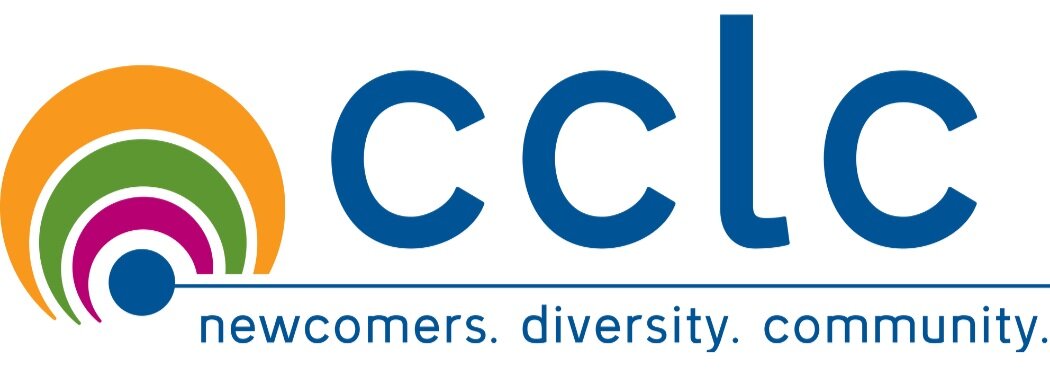National Day for Truth and Reconciliation: A Call to Action for Newcomers
As you embark on your journey as a newcomer to Canada, embracing new opportunities is essential, but so is understanding the responsibilities that come with them. One of the most important aspects of your new environment is the history and culture of Indigenous peoples. This understanding is vital for fostering healing and reconciliation.
What is National Day for Truth and Reconciliation?
In this spirit of understanding and remembrance, it’s important to understand the meaning behind the National Day for Truth and Reconciliation, or Orange Shirt Day, recognized on September 30th. It is a day to honour the survivors of residential schools and the children who never returned home from them. This day serves as a reminder of the injustices faced by Indigenous communities and encourages us all to reflect on our role in reconciliation.
Understanding Residential Schools
Indian Residential schools were government-funded, church-run institutions aimed at assimilating Indigenous children into Euro-Canadian culture. They operated from the early 1800s to the 1990s, and approximately 150,000 children attended. The legacy of this system continues to cast a long shadow over Canadian society.
The impacts of residential schools are deeply felt today, manifesting as significant disparities in education, income, health, and social status between Indigenous and non-Indigenous Canadians. The trauma caused by family separation, various forms of abuse, and the suppression of Indigenous languages and traditions have intergenerational effects that continue to this day.
Despite these challenges, Indigenous communities actively engage in healing and cultural revitalization, working to reclaim their identities and traditions.
The Symbolism of Orange Shirt Day
The orange shirt is rooted in the story of Phyllis Webstad, a residential school survivor. On her first day at St. Joseph Mission Residential School, Phyllis wore a new orange shirt gifted by her grandmother. Upon arrival, her shirt was taken from her, leaving her feeling devalued.
Today, people wear orange shirts to bring awareness to the history of residential schools and the lasting impact they’ve had on survivors, their families, and Indigenous communities as a whole. The orange shirt is a symbol of the stripping away of culture, freedom, and self-esteem experienced by Indigenous children over generations.
The Importance of Learning Indigenous History
For newcomers, understanding Indigenous history is essential for several reasons:
1. Understanding Historical Context: Learning the history of Indigenous peoples helps newcomers understand the historical context of Canada, including the impact of colonialism and the ongoing challenges faced by Indigenous communities.
2. Promoting Reconciliation: Education about Indigenous history and cultures is a key component of the Truth and Reconciliation Commission’s recommendations. It helps build a foundation for reconciliation and fosters mutual respect and understanding.
3. Cultural Awareness: Indigenous cultures, traditions, and languages are integral to Canada’s identity. Learning about them enriches newcomers’ understanding of the country’s diverse cultural landscape
4. Addressing Misconceptions: Many newcomers may arrive with limited or inaccurate knowledge about Indigenous peoples. Education helps dispel stereotypes and promotes a more accurate and respectful understanding
5. Building Inclusive Communities: Awareness and understanding of Indigenous issues can help newcomers contribute to more inclusive and equitable communities. It equips them with the knowledge to engage respectfully and support Indigenous rights and initiatives
By learning about Indigenous peoples and their history, newcomers can better appreciate the rich cultural heritage of Canada and contribute positively to its future.
Resources
There are numerous ways to educate yourself about Indigenous peoples and their stories. Here are some valuable resources to guide you:
Indigenous Peoples in Toronto: An Introduction for Newcomers: A resource that introduces newcomers to First Nations, Inuit, and Metis history, cultures, and perspectives.
Orange Shirt Day: Learn more about Orange Shirt Day, the history of residential schools, and access to resources.
Whose Land: Interactive map that allows you to identify and learn about treaties, Indigenous territories, and communities across Canada.
Good Minds: An Indigenous-owned bookstore that sells First Nations, Inuit, and Metis books, gifts, and resources.
Arrive: This website makes it easier for newcomers to access the information and assistance they need to make a smoother transition to Canada. It features a 4-part series on Indigenous cultures and issues in Canada.
By educating yourself and engaging with Indigenous histories and cultures, you can play a vital role in building a more inclusive and respectful society.
